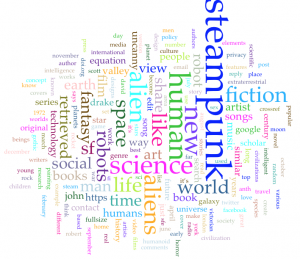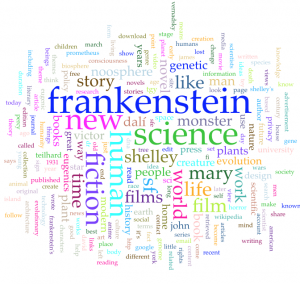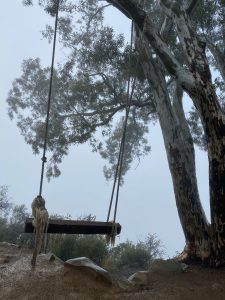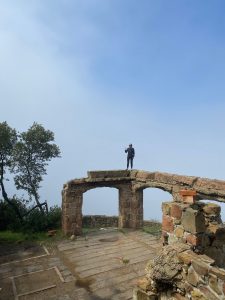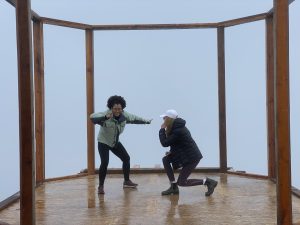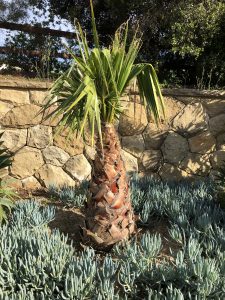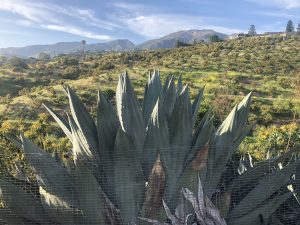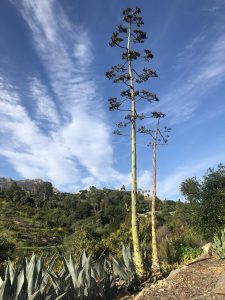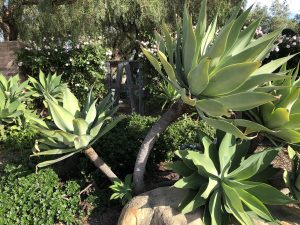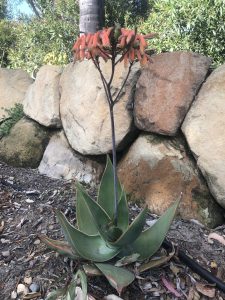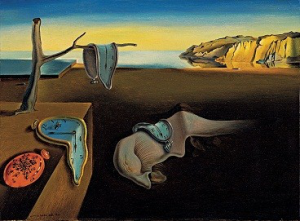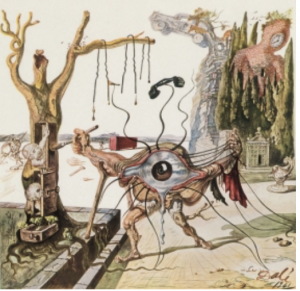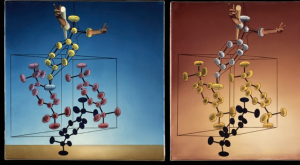Isabel Singer
ITA 2500 | World Science Fiction
Essay Two: Multiplexing
April 3, 2020
Embracing the Unknown
Everyone, to some extent, fears the unknown; it disturbs us and makes us feel uncomfortable. Those who seek out the unknown and embrace what is different, we call fools, insane, lunatics, irrational. The unfamiliar is often encountered in transient locations: hotels, taverns, restaurants, on public transportation. Here, people from all walks-of-life converge and differences are confronted. Though we share these spaces and our experience of them with others, we exist anonymously: our identities, motivations, backgrounds are not obvious. The temporariness of our presence does not motivate effort to interact with one another in a way that would allow for real understanding or connection. Instead, we make assumptions about the character of those around us, we rely on prejudice to make sense of their behavior, and often outright reject them. The short stories, Out of All Them Bright Stars, by Nancy Kress and Take Me Down the River, by Sam Lundwall, are set in transient locations in which characters are confronted with the unknown. In both stories, one character challenges the fear of the unknown and the dynamics of prejudice in their temporary environment to embrace what is different.
The action in Out of All Them Bright Stars, takes place in a diner in a small town. The diner is owned by a rude, misogynistic man named John. He is disrespectful and aggressive towards his wife, Kahty, and his waitress, Sally, who both work in the diner. One day, a blue alien named John, walks into the diner and asks Sally for a table. The various people in the diner respond differently to the Alien’s presence. An elderly couple, who is regularly in the diner, and often fails to tip Sally, stares at John and later leaves without paying a tip. Sally is initially shocked by the alien, but later feels ashamed for staring at John, identifying with him as a target of disrespect and mistreatment: “we’re staring like it’s a clothes dummy and not a customer. So I think that’s not right and maybe we’re making it feel a little bad. I wouldn’t want Kathy staring at me like that” (Kress, 581). Despite being a bit unsure of John, Sally treats him as a customer. She sees that he is polite, and they begin to have a conversation. John asks for Sally’s name and he shares his own. She laughs at how ordinary his name is but then apologies for her response, thinking it might have been rude. John explains he has a different name in his native language. Sally continues boldly forward and asks him to say it: “John makes some noise with his mouth, and I feel my own mouth open because its not like a word he says at all it’s a beautiful sound…it’s just that I wasn’t expecting it, that beautiful sound right here in Charlie’s diner” (Kress, 582). Before John can share what it means, Charlie yells angrily at Sally: “What the hell do you think you’re doing…you get him out of here…The government says I gotta serve spiks and niggers, but it don’t say I gotta serve him!” (Kress, 583). John flees, saying to Sally, “I am sorry…I seldom have the chance to show our friendliness to an ordinary Earth person” (Kress, 584). In contrast to Sally’s kindness and patience, Charlie is vulgar and disrespectful. He feels no obligation to treat John, who is polite and well-intentioned, as a customer. Kathy responds to John in the same way Charlie does: “…Charlies right. That thing scared me half to death, coming in here like that. And where there’s food… The National Enqurier… told how they have this fire-power up there in the big ship that hasn’t landed yet. My husband says they could blow us all to smithereens…I don’t know why they even came here. We don’t want them” (Kress, 584). Like Charlie, Kathy makes no effort to understand or respect John. She relies on the prejudice and assumptions of outside sources to judge John.
Similar dynamics and varying responses to the unfamiliar play out in Take Me Down the River. The action in this story takes place at a hotel near the edge of the world. Here, hotel patrons are gathered to watch a man go over the edge of the world in a barrel. While perhaps unusual, this man, like John, is minding his own business, pursuing his trip over the edge of the world. Around him, the hotel patrons comment disapprovingly on the man and others that have made similar trips. One man says: “Some summers they come by the thousands…they do it in barrels and boats and riding on logs or just swimming, but all go over the edge and no one seees them again. Only foreigners do it, though. None of us who live here…I really don’t understand them… I really don’t” (Lundwall, 148). The hotel patrons watch the man going over the edge as if he is some sort of spectacle. They don’t make an effort to interact with him, assuming that he is impossible to understand or relate to. Not only do the patrons refuse to engage with this man, but they make assumptions about others staying at the hotel. For example, one man sees a couple, a man and a young girl, and assumes there is something inappropriate about their relationship and becomes preoccupied by their interactions, imagining some scandalous love (Lundwall, 148). It is revealed to the reader that they are actually new friends that met traveling and are there to fly kites together. The young woman becomes a central character later in the story. While conversing with her friend she expresses her interest in the man who went over the edge. She wonders about what has happened to him and what lays beyond the edge of the world. While peering over the edge, she ponders: “I wonder what is down there…I have neer seen the river before… I have heard so much about it, but never seen it… I wonder where that man is now…I wonder what he sees now” (Lundwall, 149). The young woman is genuinely curious, posing these questions to her friend, and actively exploring the edge of the earth and the river. The man does not share her curiosity or wonder, and dismisses her: “That parachute won’t help him much, that’s for sure…or that barrel. A crackpot. Going over the edge in a barrel!… A barrel! The world is full of nuts, and most of them come here sooner or later, dragging their barrels and diving suits and one-man submarines and God knows what else, and then they go over the edge, thousands of them every year, and that’s that…”(Lundwall, 149-150). The next day, when the couple go to fly their kites, the young woman unexpectedly flies her kite over the edge and disappears.
In both of these stories, transient settings create environments where real interaction is difficult and unpursued. The characters misjudge and mistreat each other: Charlie, fails to take the time to consider others’ feelings or experiences, he speaks to Sally and John with rudeness and disrespect. In Take Me Down the River, those who go over the edge are labeled “crackpot,” “forgeign”, and “nuts.” The man who goes over the edge is just another one of the “thousand” who go down the river every year. He is anonymous and his reasoning is unconsidered and unimportant to those who watched his act. The elderly couple in Out of All Them Bright Stars, are quite similar to the hotel patrons in Take Me Down the River. They watch the spectacle, consuming the behavior of people around them but contribute nothing. They avoid real interaction and keep to themselves.
In both stories, the characters in these transient spaces are confronted with the unknown. Their fear of it keeps them from trying to understand or explore it. Instead, they disrespect, avoid, and reject differences outright. However, Sally, in Out of All Them Bright Stars, and the young girl, in Take Me Down the River, approach the unknown differently. Sally, in the transient environment of the diner, could have ignored John and maintained their anonymity. She could have rejected him like Kathy and Charlie, refusing to engage with his difference, but she chose to approach him. She did not rely on prejudice and instead formed her own judgements of John by conversing with him and learning about who he was. The two shared a moment of authentic engagement and connection. He experienced an unusual kindness and she gained a new perspective. Similarly, the young girl, in Take Me Down the River, did not judge the man who went over the edge as everyone else seemed to. She was curious about him and wished to know what happened to him, while the patrons at the hotel only made assumptions or wrote of the act and the man as crazy. In the end, the young woman quite literally went into the unknown to discover it for herself. She didn’t shy away from the edge but sought it out. She became one of the “crazy thousand” that goes over the edge.
In the spaces we temporarily inhibit we are put into contact with unfamiliar people and ideas. In such environments we do not know those around us, it can be easy to engage with each other at a superficial level or disengage all together. It is easy to make assumptions about the unfamiliar or the strange, but if we suspend our judgments and approach what we fear, these transient places can be opportunities to learn, understand, and enjoy one another.
Bibliography
Kress, Nancy. “Out of All Them Bright Stars.” The Wesleyan Anthology of Science Fiction. Edited by Evans, Arthur, et al. Middletown: Wesleyan University Press, 2010, p. 580-586.
Lundwall, Sam. “Take Me Down the River.” Terra SF. Edited by Richard D. Nolane. New York: Daw Books Inc., 1981, p. 146-154.
